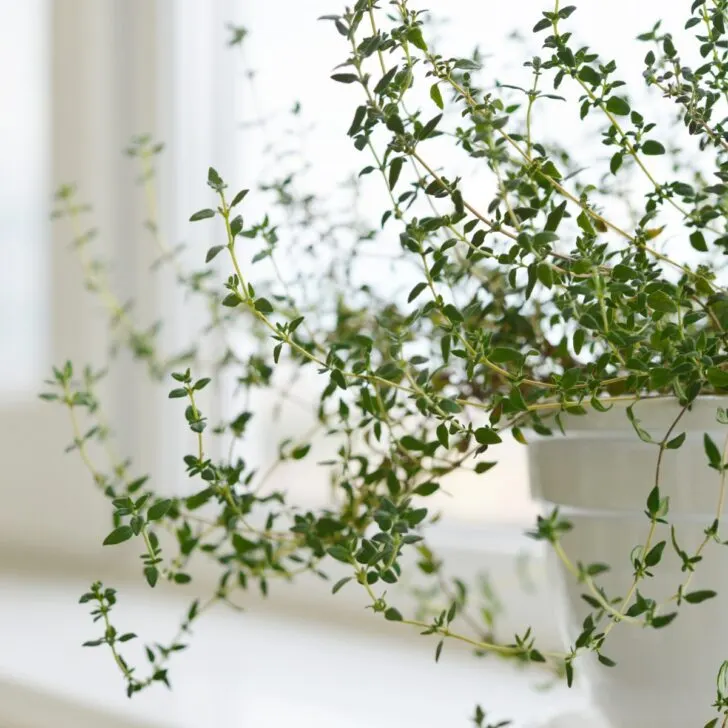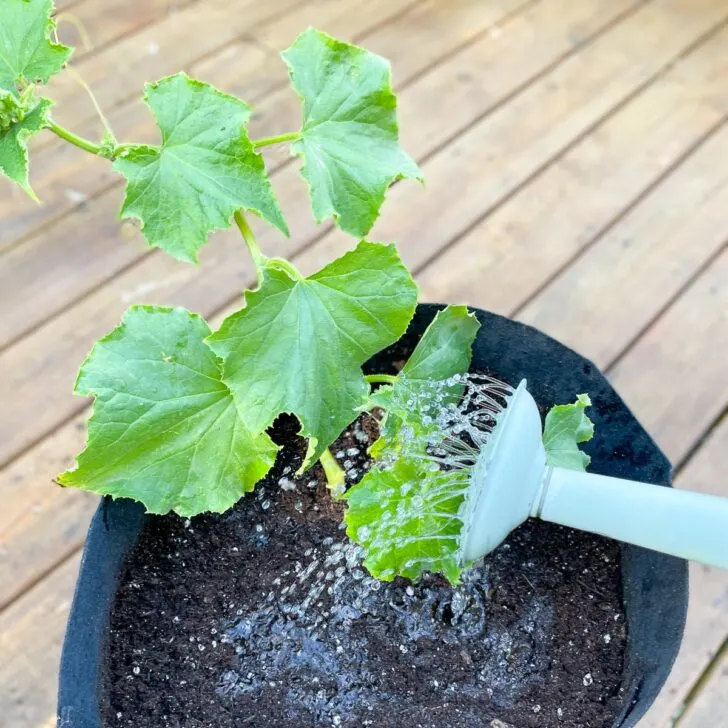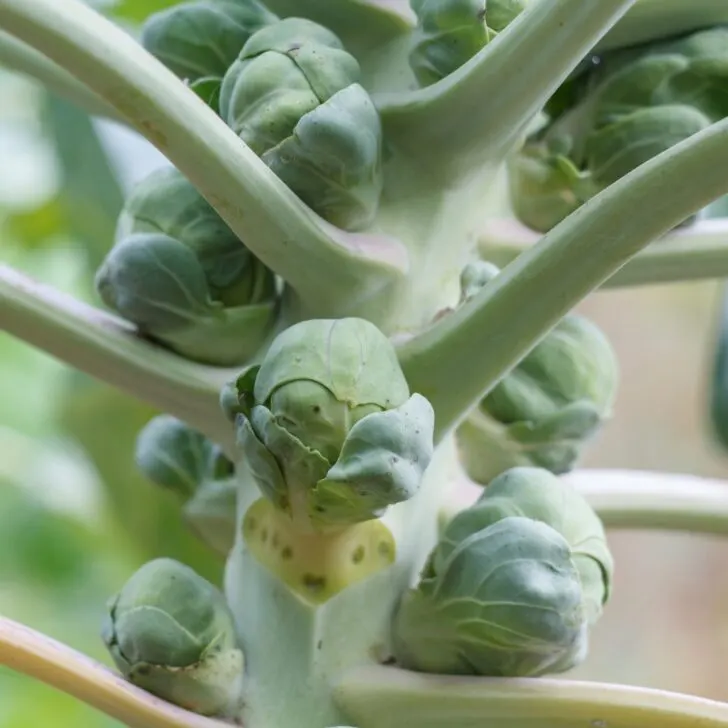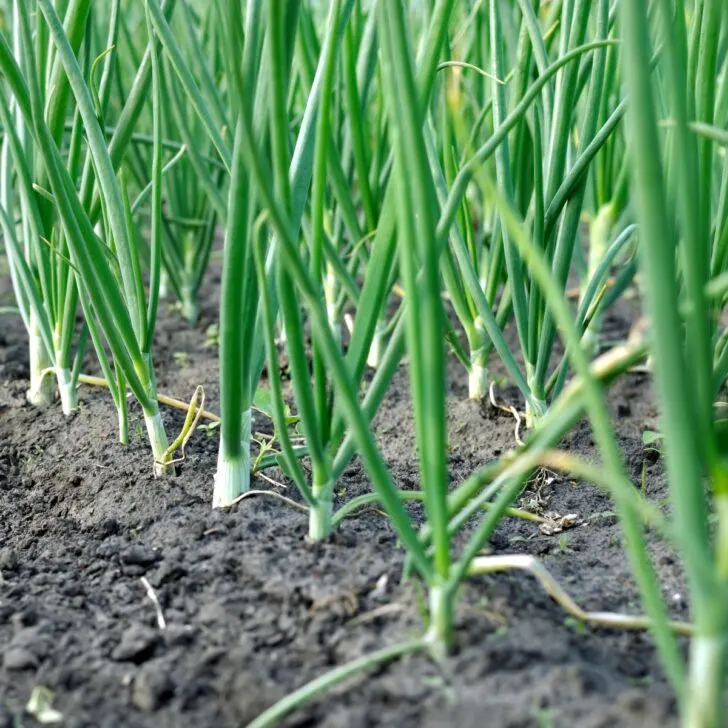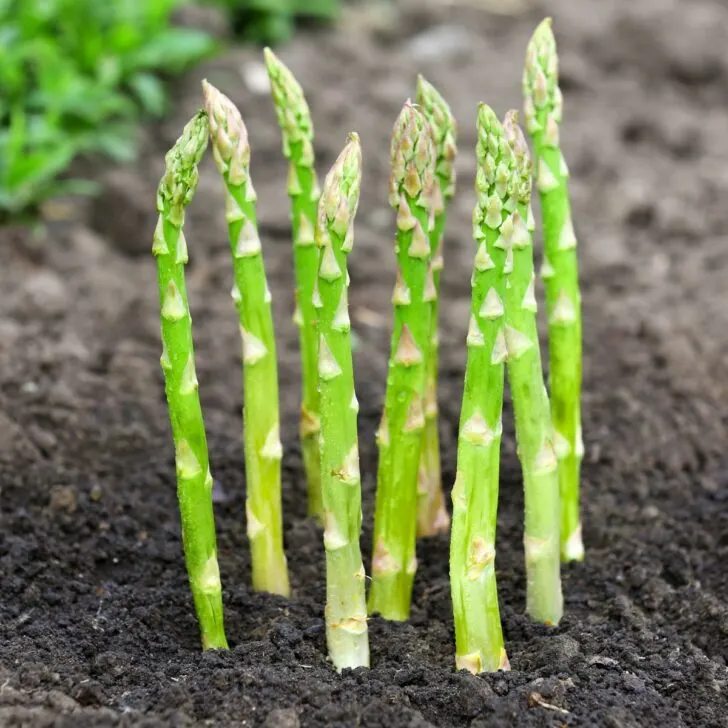Want to grow carrots from seed? Learn all my tips and tricks for planting, caring for, and harvesting your own carrots in this guide!
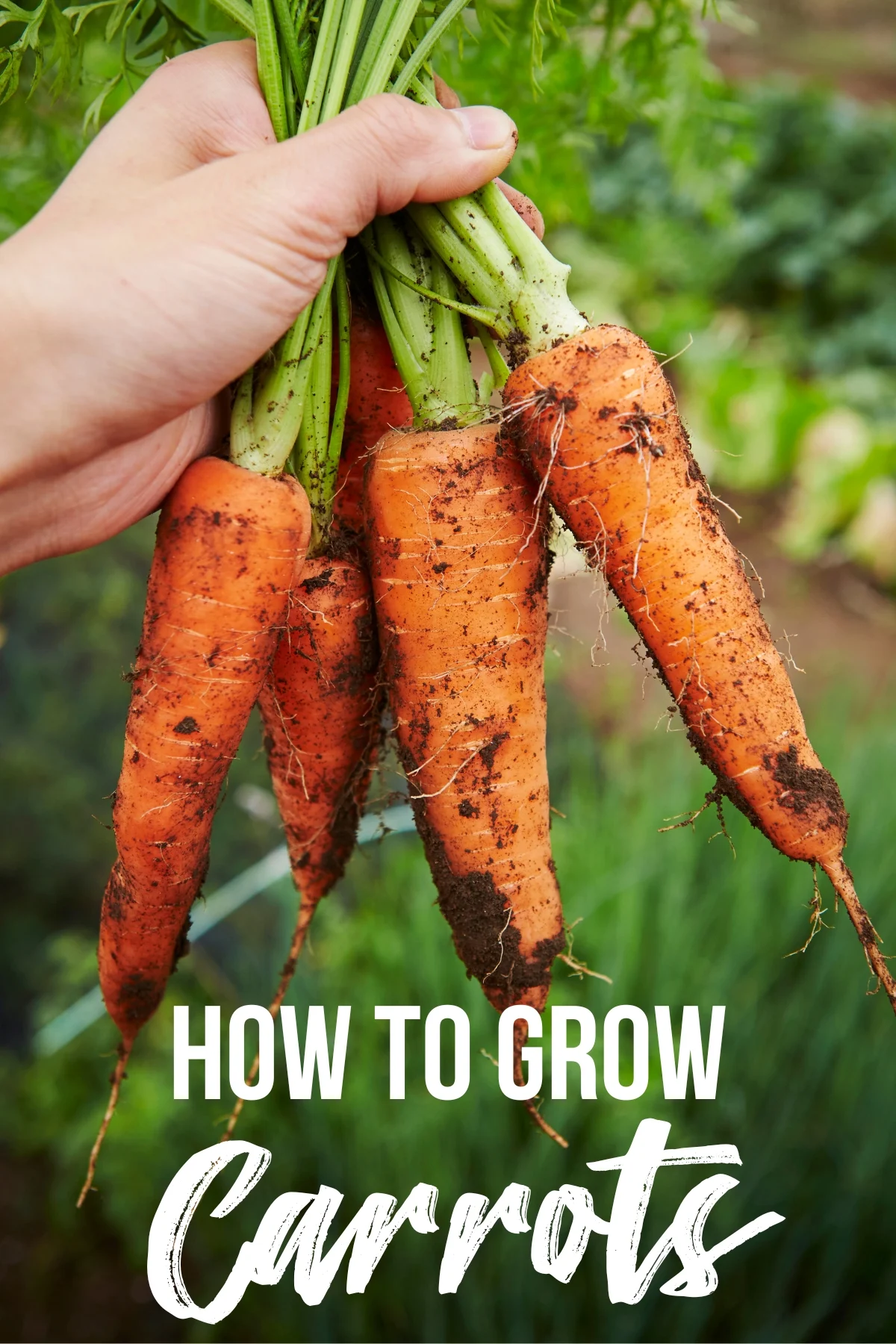
As one of the most popular root vegetables, carrots offer a versatile and nutritious addition to your home garden. When you plant and care for your own carrots, you will notice that their flavor and texture surpass those of the store-bought varieties, making all your efforts worthwhile.
Carrots thrive in cool weather, so the optimal time to start planting is early spring when the soil can be worked, even a couple of weeks before the last frost. Make sure to select a planting location with full sun and well-draining soil, as these conditions are essential for producing a healthy harvest.
By following proper growing techniques and being mindful of the common challenges associated with growing carrots from seed, you can look forward to a bountiful and delicious harvest!
Let's get growing!
This post contains affiliate links for your convenience. Purchases made through these links may earn me a small commission at no additional cost to you.
Understanding Carrot Varieties
You may only see one or two types of carrots at the grocery store, but there are dozens of varieties to choose from! Agriculturalists classify carrots by the length and shape of their roots with five primary types:
- Nantes: These carrots have a cylindrical shape and taper evenly to a blunt end. They grow to about 6 inches long and are known for their sweet taste and tender texture.
- Imperator: With a slender, tapered shape, Imperator carrots can grow up to 10 inches long. They are widely used in grocery stores due to their high sugar content and long shelf life.
- Chantenay: Shorter and stockier than other varieties, Chantenay carrots have a conical shape and a wide, rounded end. They grow to about 4-5 inches long and are well-suited for heavy or rocky soils.
- Danvers: These carrots have a classic conical shape and can grow up to 8 inches long. They are highly resistant to diseases, making them a popular choice among home gardeners.
- Ball or Mini: Ball carrots, also known as baby or mini carrots, are small, round, and bite-sized, typically growing to about 2 inches long. They're perfect for salads, snacks, or garnishes.

You can find numerous carrot cultivars in each of these groups. Growing smaller carrot varieties in containers or raised beds is a good option if preparing and tending a carrot garden bed sounds overwhelming.
Preparing for Planting
Take the time to prepare your planting area properly before you sow your carrot seeds. Here are a few chores to tackle!
Choosing the right soil
It's best to sow carrots directly in the ground. Skip the seed tray because the root is delicate and prone to damage with handling.
Carrots thrive in cool weather, and you can plant them whenever the soil is workable and not frozen and the soil temperature reaches 40°F.
Carrots prefer a loose, well-draining soil that will allow their root systems to develop properly. Sandy loam or a mix of sand, silt, and clay are ideal.
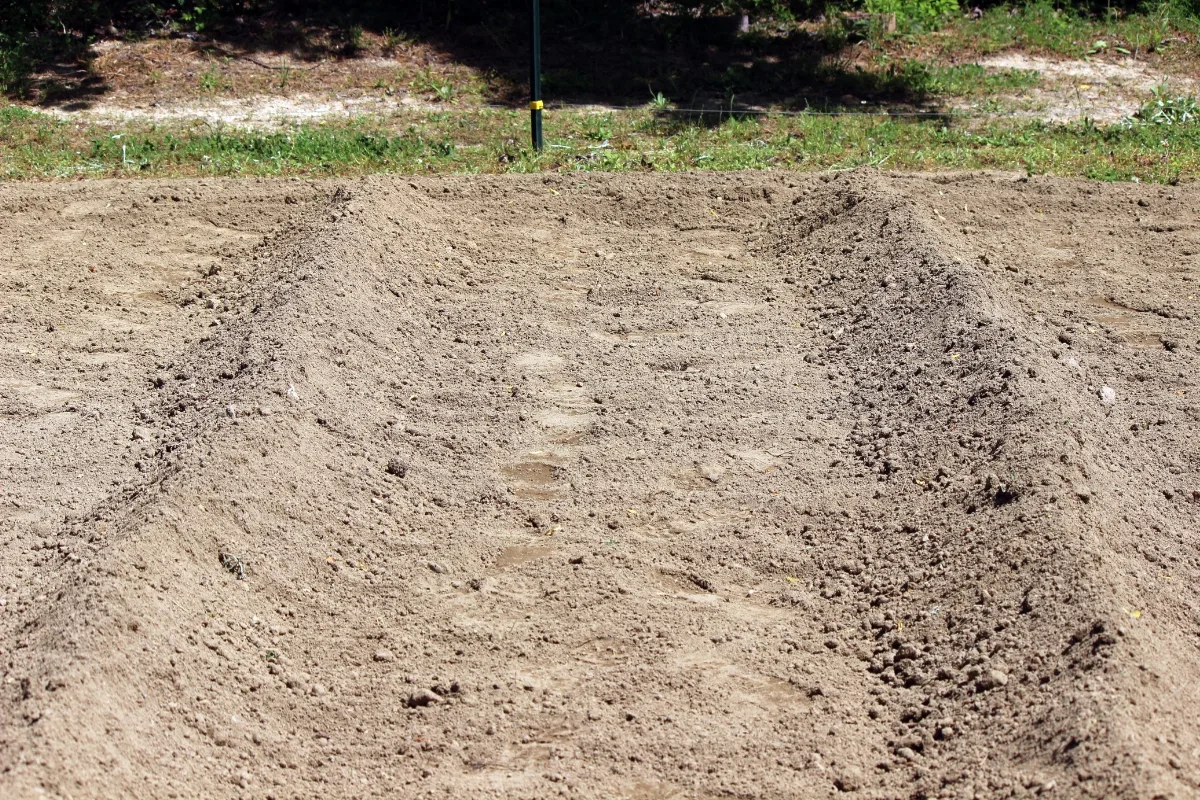
Avoid heavy clay soils, as they can lead to misshapen and stunted carrot growth. If your native soil isn't ideal, mix in organic matter, such as compost or aged manure, to improve the texture.
Prepare the soil for planting
Loosen the soil to a depth of at least 12 inches. This will allow carrot roots to grow without hindrance. Remove rocks, debris, and weeds that can obstruct the growth of the carrots.

Carrots need little nitrogen in the soil, but the roots benefit from potassium and phosphorous. A layer of compost or a root vegetable fertilizer mixed into the ground is likely sufficient.
Use a rake to create a smooth and even surface on the garden bed or in the container. This will ensure proper seed placement and prevent water from pooling. Water the prepared soil thoroughly and let it sit for a day to allow the moisture to spread evenly.
How to Plant Carrot Seeds
Here are a few tips and tricks for successful carrot seed germination!
Sowing depth and spacing
Carrot seeds should be sown about ¼ inch deep, with approximately 2-3 inches between seeds. If you're planting a larger block, sow in rows 12 to 18 inches apart. This spacing allows for adequate root growth and makes it easier to thin out seedlings later on.
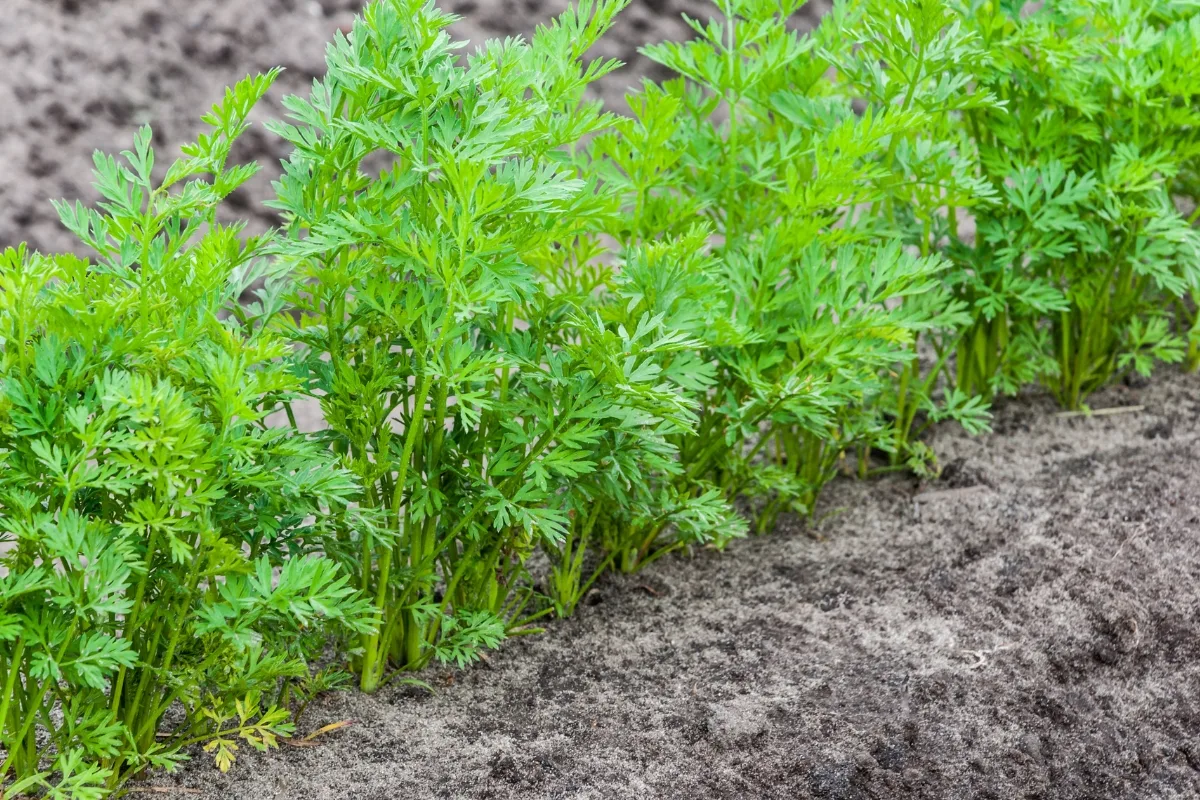
When sowing carrot seeds:
- Create shallow rows or furrows in the soil, spaced about 12 inches apart.
- Carefully place carrot seeds in the furrows, following the recommended depth and spacing.
- Gently cover the seeds with a fine layer of soil and pat it down lightly.
Some people like to plant a companion crop of fast-growing radish seeds in rows next to carrots to mark where they are and not mistake the carrot seedlings for weeds.
Watering requirements
Keep the soil evenly moist by watering frequently or using burlap or a row cover to hold in moisture. Carrot seeds often take as long as three weeks to sprout, and keeping the soil continually moist during this time is crucial.
After the seeds sprout, carrots need about one inch of water per week. Water deeply to keep the ground moist as roots develop. Dry soil reduces the flavor and texture.

When the plants reach maturity, reduce watering slightly to avoid cracked roots. Check the size of the carrots by looking at the diameter of the top, and harvest the biggest ones first.
If the top of a carrot gets exposed to sunlight, it turns green and bitter. Avoid this by brushing soil back over exposed tops after heavy rain or overhead watering.
Caring for Carrot Plants
Your carrot plants need more than just light and water to thrive. In this section, we'll cover essential aspects of caring for your growing carrots, such as weeding and thinning, as well as pest and disease management.
Fertilizer
Avoid over-fertilizing. Carrots do not need much nitrogen, or the tops grow at the expense of the roots. Compost or a root vegetable fertilizer applied at planting time is usually enough.
Weeding and thinning
Carrots require proper spacing to grow and develop their roots. It's important to thin the plants to 2-3 inches apart when the roots are just a few inches long. The thinned baby plants make a delicious snack!
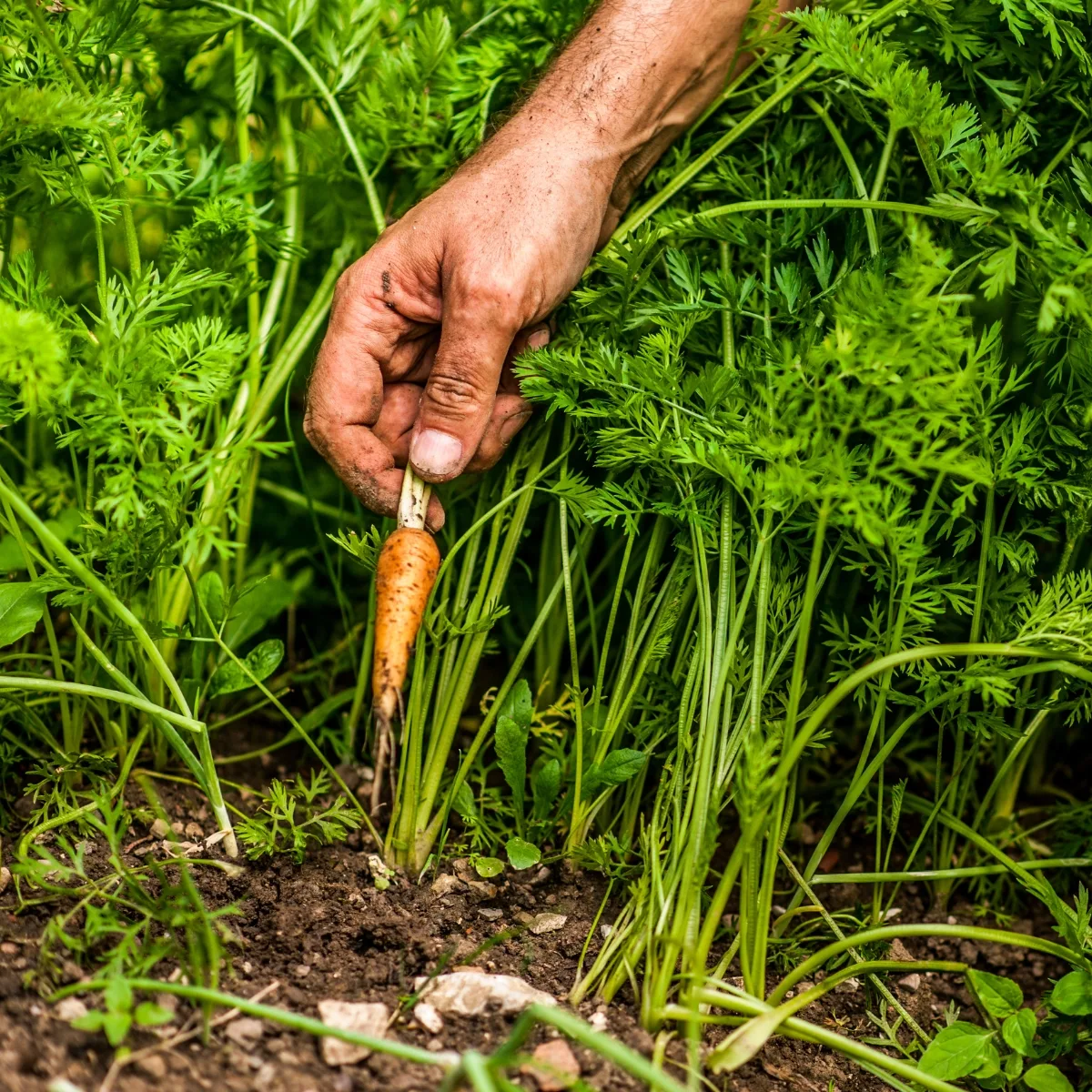
After thinning, you can apply a layer of mulch around them to keep down weeds and hold in moisture. Herbicide-free lawn clippings, clean straw, and decomposed leaves make excellent mulches.
Weeding is crucial because they compete with your plants for nutrients and sunlight, which can stunt your carrots' growth. Try to remove weeds regularly, taking care not to disturb the carrot roots in the process.
Pest and disease management
Several pests and diseases can affect your carrot crop. Some common pests include carrot root fly, aphids, and wireworms. Regularly inspect your plants for these pests, and be proactive in combatting them.
To protect your plants from carrot root fly, consider companion planting with other vegetables that deter them. If aphids are an issue, you can use insecticidal soap or introduce beneficial insects, such as ladybugs, to your garden. Wireworms can be controlled by introducing natural predators like nematodes.
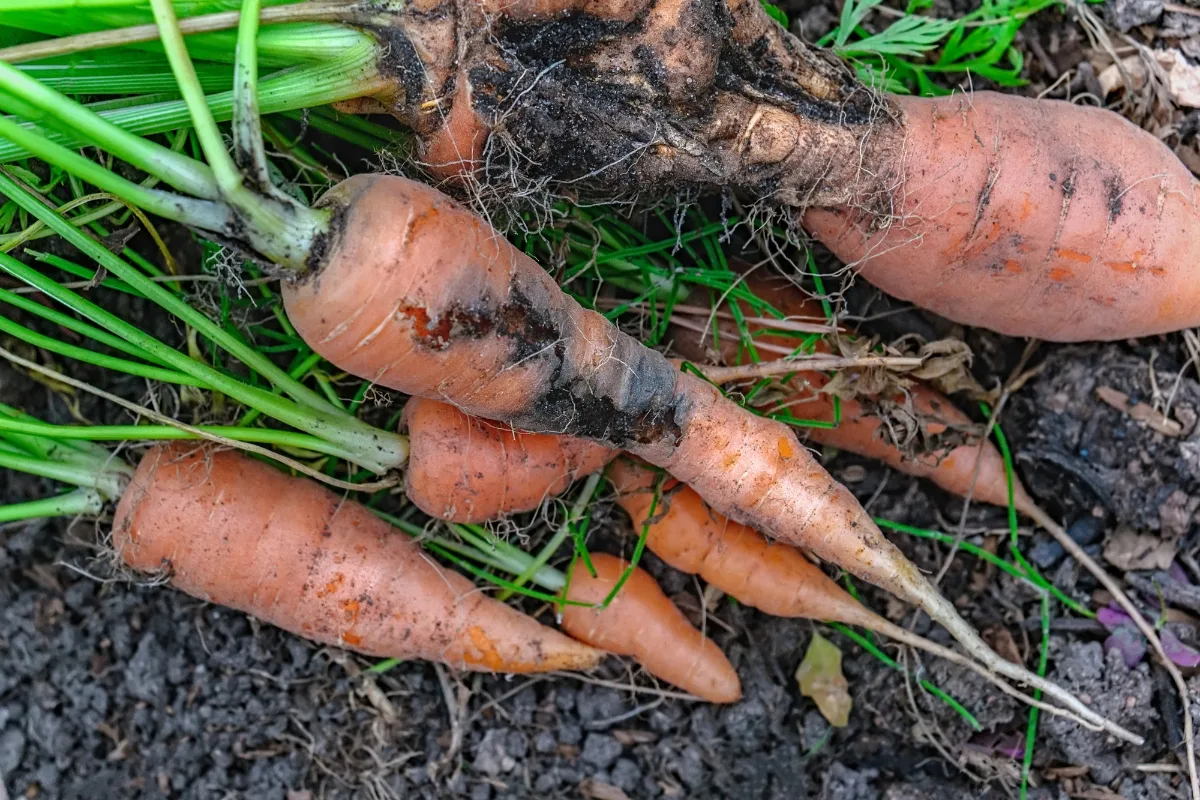
Disease management involves both preventive measures and early intervention. Some common carrot diseases are leaf blight, root-knot nematodes, and powdery mildew. To prevent these diseases, ensure you practice good crop rotation and avoid overhead watering, which can create favorable conditions for the spread of fungal diseases.
Harvesting and storing carrots
Harvest carrots at the correct size at 55 to 80 days, depending on the variety. Carrots have a long window of time for harvesting, and you can pick them as you need them for weeks or even months after they mature.
Keep in mind that carrots planted early in the season are more likely to get pithy when left in the ground too long.
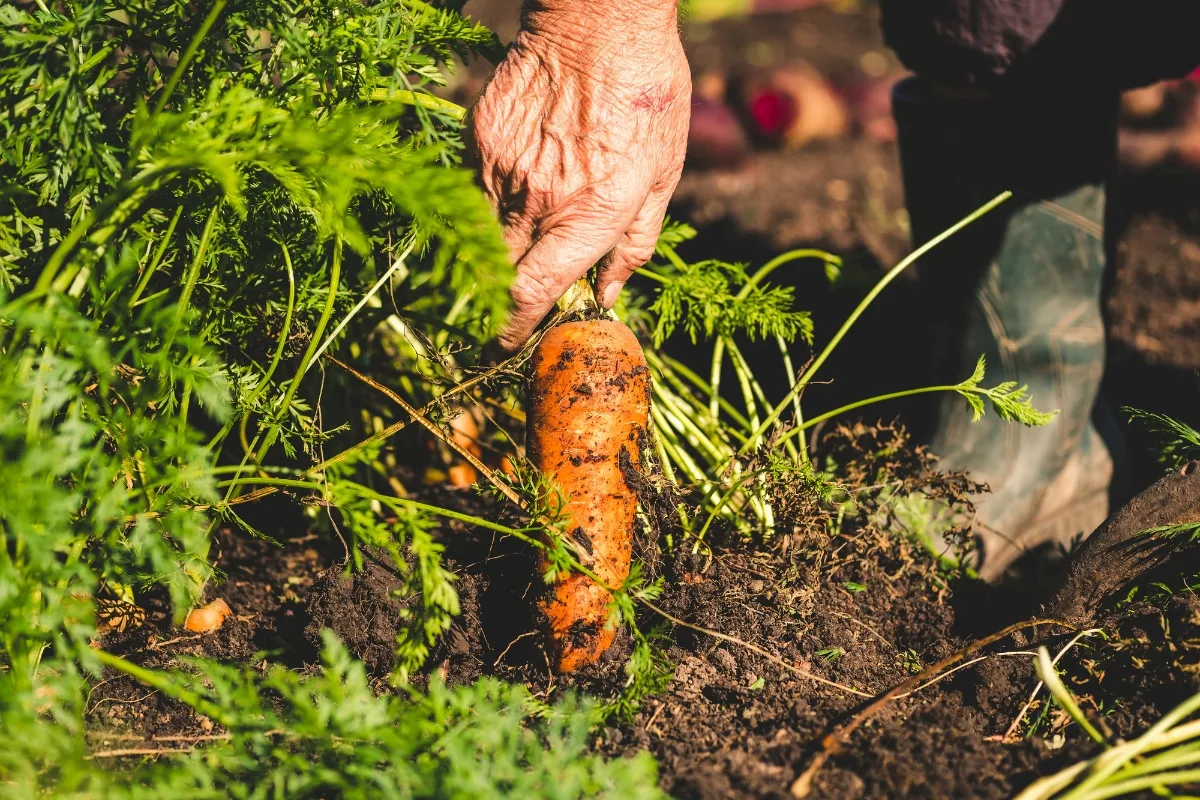
To harvest a carrot, wiggle the root around in the ground before pulling it up to avoid breaking it or disturbing other nearby plants, or use a narrow trowel to loosen the soil next to the root.
Wash carrots thoroughly, remove the tops after harvesting, and store the roots loosely in plastic bags in the refrigerator at a temperature between 33 and 40°F.
Frequently Asked Questions about Growing Carrots
When should you plant carrot seeds?
Carrots are a cool season crop. It's recommended to plant carrot seeds 2-3 weeks before the last frost in your area.
Do you soak carrot seeds before planting?
Soaking carrot seeds before planting is not necessary, but it can speed up the germination process. If you choose to soak your seeds, simply place them in a small container or bowl filled with water and let them sit for an hour.
Can you grow carrots in containers?
You can definitely grow carrots in containers. Opt for a pot at least 12 inches deep and fill it with well-draining potting soil. Sprinkle the seeds of a shorter carrot variety on top, then lightly cover with soil.

